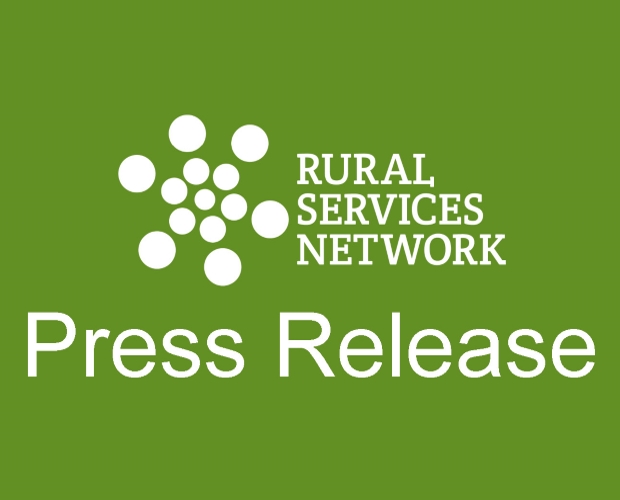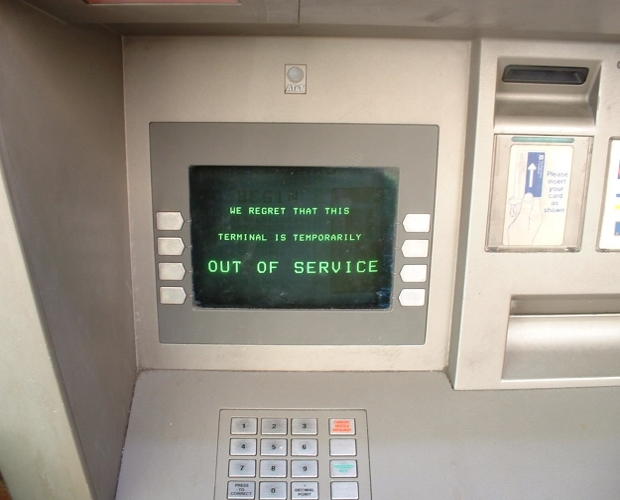T: 01822 851370 E: admin@sparse.gov.uk
New survey shows 3 in 4 rural councils are rolling out ‘demand-responsive’ transport

A County Councils Network survey of England’s largest rural councils has revealed that three in four are rolling out demand-responsive transport (DRT) – a type of bus service that users can book – to fill the gap left by dwindling mainstream bus services.
However, councils are warning that DRT services are not a substitute for government investment in traditional bus services, with less than 20% of councils saying they are financially sustainable to operate in the future, with 95% of services operating at a loss.
Analysis from the County Councils Network (CCN) has found that bus services are at ‘historic low’ in county and rural areas, with more than one in every four bus services vanishing over the past decade, with 344 million fewer journeys in 2022 as a result of reduced services.
With the severe reductions in bus routes, and recent investment being prioritised towards cities and urban areas, county authorities have stepped in where there are limited or no buses, and are increasingly rolling out DRT services.
Working in a similar way to taxis, DRT is a type of shared transport for people who can book on to travel from a specific location and has historically complemented mainstream bus services by offering direct transport from residents’ homes to places such as shops and to health services.
The survey showed that there is a clear need for bus services in areas where no traditional buses operate, with hundreds of thousands of journeys taking place on DRT services each year across county areas.
The survey, which assessed the breadth of DRT services being rolled out by local authorities, found:
- Some 75% of councils in county and rural areas offer DRT, with almost half (46%) running up to five different services across their areas and 20% running over five different services. Some 15% of authorities are running over ten DRT services.
- Hundreds of thousands of journeys are taking each year across county areas on DRT. The highest number of annual journeys was 300,000 in one county, followed by 98,000 in another area, and 71,000 in another location. The lowest number of yearly journeys in one county was just under 2,000.
- However, whilst these services are bridging a gap in areas where mainstream bus services have drastically declined, the high cost of running these services means that no council operates DRT services at a profit. Some 95% of councils said their service operates at a loss, whilst just one council said they run services at a mixture of profit or loss. As a result, just 16% of councils said their DRT services were sustainable in the long term, with 25% of councils stating they were unsustainable, with 63% unsure.
- When asked what was needed to ensure a comprehensive and sustainable bus network in county areas, over four in five (88%) of respondents said that long-term funding to subsidise existing and more routes.
The findings come as the government’s ‘Network North’ plan promises to spend hundreds of millions more on local buses and extend the £2 cap on single fares.
The CCN is now calling on the government to ensure new funding is directed towards county and rural councils, with their research showing these areas have seen the biggest levels of decline in passengers but the least funding from Bus Service Improvement Plans.
SIGN UP TO OUR NEWSLETTER
Sign up to our newsletter to receive all the latest news and updates.









